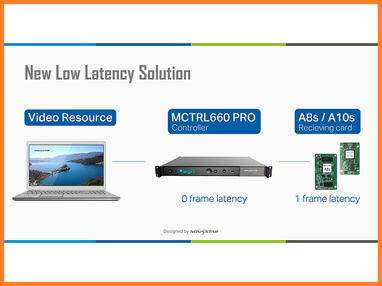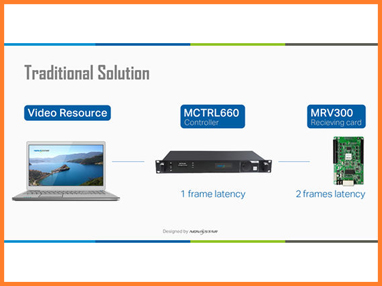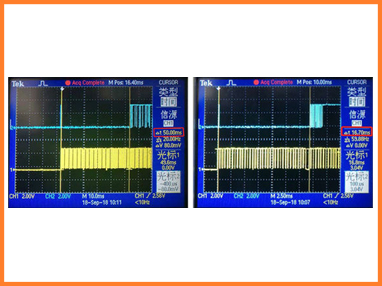How NovaStar’s New Receiving Cards Solve The Latency Problem
When working with applications such as TV broadcasting, live event coverage or concerts, latency can often be the factor that makes or breaks an event. Excessive delay can cause synchronization issues, and looks very unprofessional, impacting the experience of the viewers.
For this type of application, NovaStar’s A8s or A10s receiving card is a must-have. When paired with a low-latency controller like the MCTRL660PRO, the A8s/A10s can realize a total latency of one frame or less.
Previous solutions like the MCTRL600 + MRV300 receiving card had a total latency of 3 frames. Removing these two extra frames of delay from your event can make a huge difference to the viewing experience.
With a 60hz video source, the transmission time from sending card to receiving card is 50ms. This will cause a lack of synchronization between the live image and display image. With a 60hz video source, the transmission from sending card to receiving card only takes 16.7ms. This represents a significant lowering of the latency, allowing the live image and screen image to become much closer to true synchronization. This reduces delay by 3 times when compared to standard systems.
With higher loading capacity, more functionality, and a small size factor, A8s and A10s are suitable for a wide variety of applications. With a total delay of just one frame, the A8s and A10s are especially suited for applications with stringent requirements for low latency.






